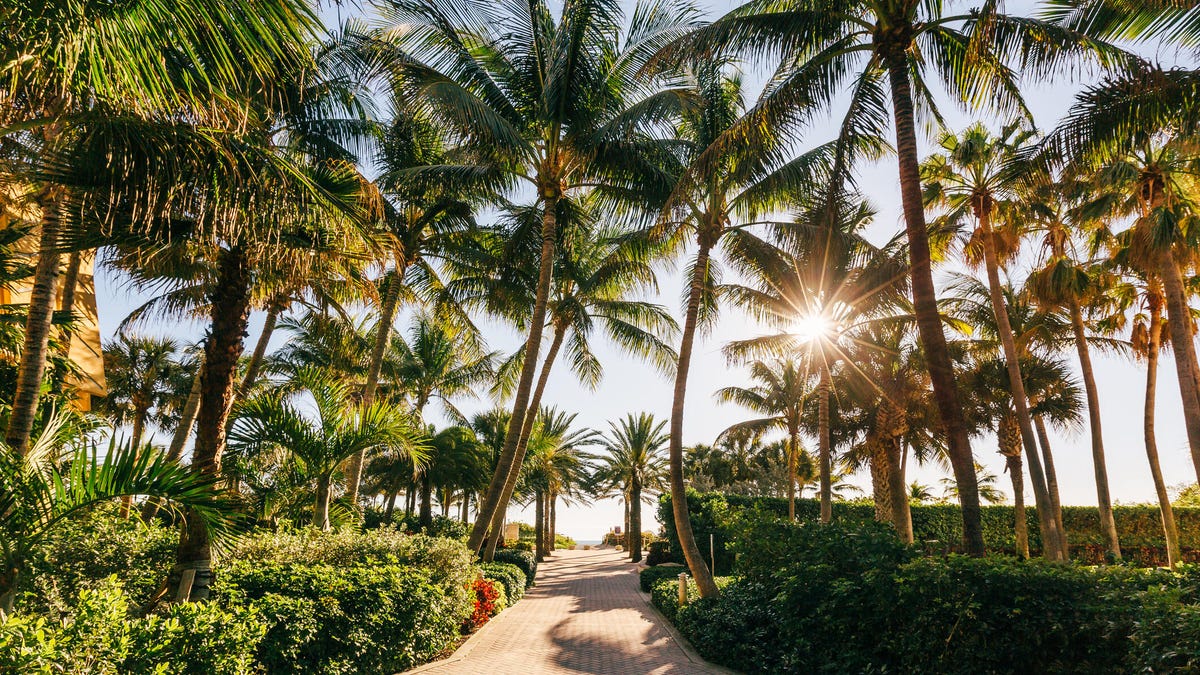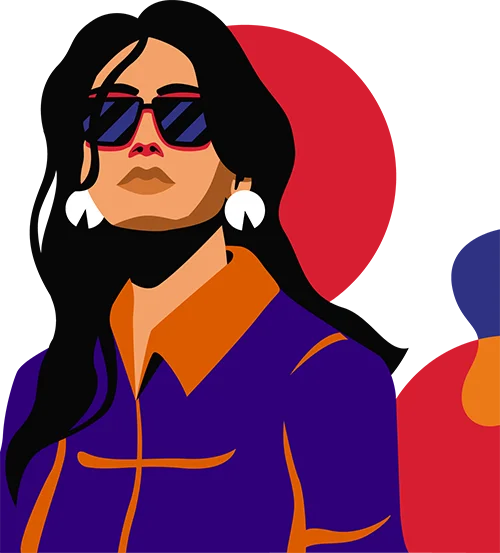As an Olympic medalist and world champion swimmer, swimming has been a constant in my life for many years. But it wasn’t always this way. At 5 years old, I nearly drowned in a crowded Pennsylvania water park.
Thanks to a lifeguard’s quick action and immediate CPR, I was saved. My parents immediately enrolled me in formal swimming lessons, changing the trajectory of my life.Tragically, there are far too many stories like mine that don’t have the same happy ending.

Those stories are much more common in diverse communities, and I have made it my mission—as a swimmer, as a dad, and as a water safety advocate—to change that.[time-brightcove not-tgx=”true”]In December 2024, the World Health Organization released its first-ever report on drowning prevention, noting more than 7.2 million people, many children, could die by drowning by the year 2050 if current trends continue.
In 2024, the CDC reported that drownings are on the rise for the first time in decades. These statistics are tragic. They are too high.
That said, when we look at them further, there are shocking disparities when it comes to children from underserved communities with 64% of Black children and 45% of Latino children having few to no swimming skills. Read More: Why Swimming Is So Good For YouIn many predominantly Black communities, swimming is often seen as an unnecessary skill—something reserved for the wealthy, white elite, those who have a pool or live by the ocean. We must break this misconcepti.



















